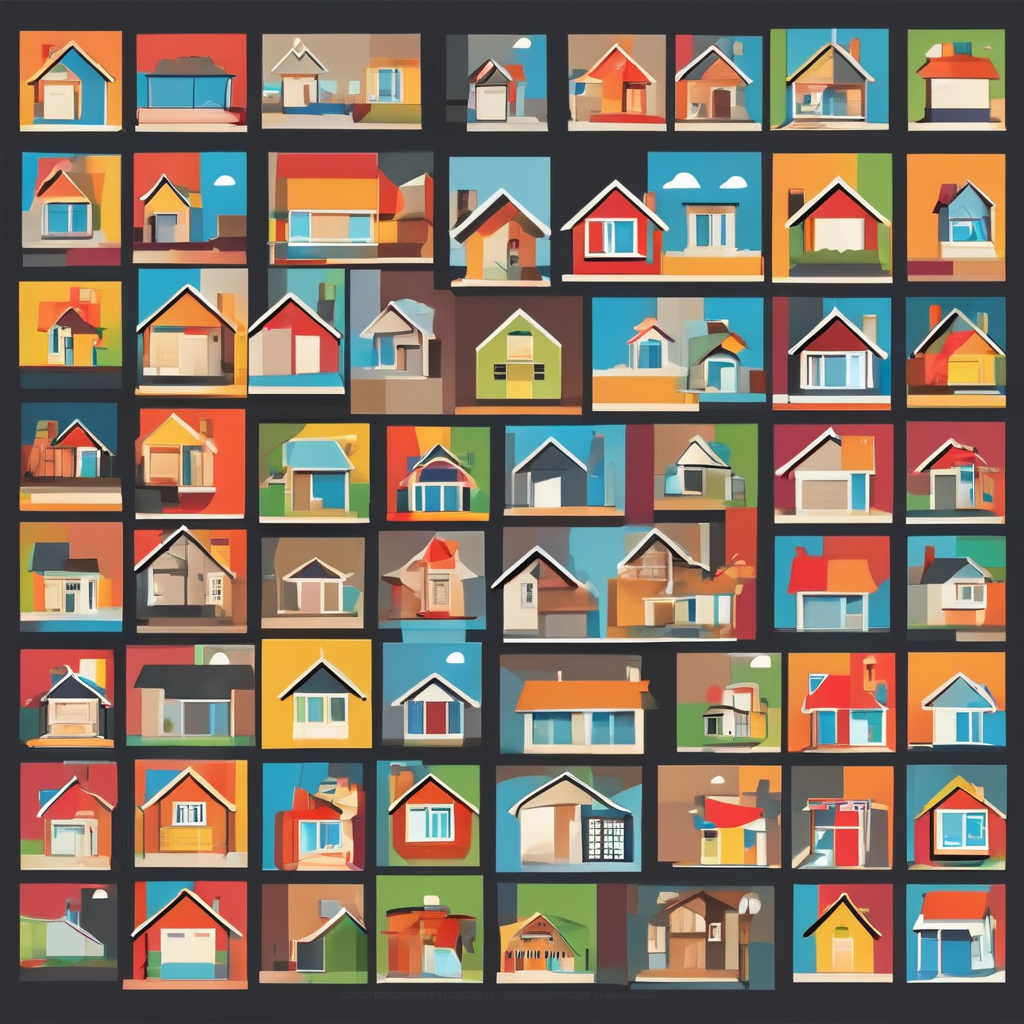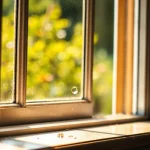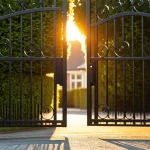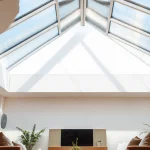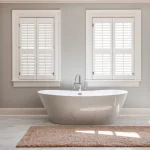Essential Principles for Integrating Smart Home Tech in Classic UK Architecture
When integrating smart home technology into classic UK homes, it is crucial to focus on compatibility between modern devices and the existing traditional fabric. Heritage property technology upgrades must respect the building’s age and structural features to avoid damaging the original architecture or diminishing its value.
A key principle is preserving structural integrity. Classic walls, often constructed from solid brick or stone, require careful planning to prevent invasive wiring or disruptive installations. Using non-invasive methods—such as wireless solutions or surface-mounted conduits—helps maintain historical elements while facilitating smart home integration.
Also to discover : Top benefits of installing electric gates for property security in kent
Moreover, heritage property technology should be selected based on its ability to blend unobtrusively. This means choosing devices and systems that do not overshadow or conflict with period features. Respecting these principles ensures that smart home upgrades enhance the property’s function and comfort without compromising its timeless charm and legal protections. Balancing modern smart home integration with preservation demands thorough understanding and expert consultation throughout the planning and installation process.
Selecting Smart Devices Suited for Period Homes
Choosing compatible smart devices is essential to achieve seamless smart home integration in classic UK homes. The ideal solutions combine functionality with discreet, unobtrusive designs that harmonize with period interiors. When assessing devices, priority should be given to aesthetics that complement heritage architecture, ensuring technology does not disrupt traditional decor.
This might interest you : Unlocking energy efficiency: how variable speed drives transform uk home appliances
Discreet smart solutions often feature minimalist forms, muted colours, or can be concealed within existing fittings. Examples include wireless sensors that require no wall penetration and smart lighting systems using retrofit bulbs instead of new fixtures. Such smart technology selection avoids altering original structures while enhancing convenience.
Future-proofing device choices is equally important. Opting for systems with open standards or modular upgrades helps homes adapt as technology evolves, preserving long-term usability without repeated invasive modifications. This approach balances respect for architectural integrity with modern functionality.
In summary, combining careful evaluation of device aesthetics, non-invasive installation methods, and forward-looking compatibility forms the backbone of successful smart home integration in traditional UK properties, maintaining their timeless charm while adding modern benefits.
Wiring, Installation, and Technical Solutions for Historic UK Homes
Installing smart home wiring in classic UK homes demands sensitivity to architectural constraints. Solid brick or stone walls in heritage properties often preclude conventional recessed wiring. Instead, non-invasive techniques—such as surface-mounted conduits painted to match walls or floors—preserve the original fabric while providing necessary cable routes. Wireless protocols also play a crucial role here, enabling smart technology selection that bypasses structural barriers. Devices using Wi-Fi, Zigbee, or Bluetooth reduce the need for new wiring and invasive installation.
When retrofitting, opting for retrofit-friendly smart systems that use battery-powered sensors and smart bulbs eliminates the need for rewiring fixtures, crucial in heritage property technology where drilling or chasing walls is often restricted. Collaborative planning with specialists familiar with period homes ensures installations respect both structural integrity and visual aesthetics.
For technical installation, careful placement reduces interference from thick walls or metal reinforcements, common in older constructions, improving connectivity and system reliability. In summary, combining innovative wireless options with thoughtful non-invasive wiring methods addresses many challenges tied to installation in historic UK homes while safeguarding traditional features.
Essential Principles for Integrating Smart Home Tech in Classic UK Architecture
Integrating smart home technology in classic UK homes demands prioritising seamless smart home integration with traditional architectural elements. Achieving this requires selecting technology compatible with the structure’s age and materials to prevent damage or aesthetic disruption. Compatibility means choosing systems whose installation methods—whether wired or wireless—are sympathetic to period features.
Addressing structural integrity is critical. Older homes often have solid brick or stone walls unsuited to intrusive wiring. Installing smart systems must avoid drilling or alterations that weaken these materials. Non-invasive wiring techniques, such as surface-mounted conduits or wireless sensor placement, allow for integration without compromising historic fabric.
Preserving historical features goes beyond physical safety. Devices and installations should blend unobtrusively with interior styles, maintaining the property’s heritage atmosphere. This includes carefully positioning equipment to minimise visual impact and selecting technology designed to complement classic surroundings.
A well-planned smart upgrade aligns respect for heritage with practical modernisation. Consultation with conservation experts and technical professionals ensures smart home integration enhances functionality without jeopardising the architectural or historical significance of a classic UK home.
Essential Principles for Integrating Smart Home Tech in Classic UK Architecture
Achieving effective smart home integration in classic UK homes requires prioritising compatibility between cutting-edge devices and the traditional building fabric. This means selecting technologies that align with the period home’s structural characteristics while safeguarding heritage value. For example, many heritage property technology solutions leverage wireless communication protocols to minimise physical alterations, reducing risks to solid brick or stone walls typical of historical constructions.
Maintaining structural integrity forms the cornerstone of smart upgrades. Smart systems should avoid invasive installation methods such as chasing or drilling which can compromise historic materials. Instead, surface-mounted conduits or unobtrusive placement of devices preserve original features. Respecting construction materials and avoiding irreversible changes ensures compliance with conservation requirements and avoids deterioration over time.
Equally important is balancing technological benefits with aesthetic considerations. Prioritising low-profile hardware and modular, upgradeable systems allows properties to evolve without repeated invasive work. Thoughtful integration respects both the home’s past and its future, ensuring upgrades enhance modern living comfort without sacrificing architectural authenticity. Engaging experts skilled in both technology and heritage conservation supports practical, sensitive smart home integration in classic UK properties.
Essential Principles for Integrating Smart Home Tech in Classic UK Architecture
Successful smart home integration in classic UK homes hinges on prioritising compatibility between modern technology and traditional architecture. Devices must be chosen not only for their functionality but also for their sensitivity to the building’s age and materials. Many period homes feature solid brick or stone walls that cannot easily accommodate invasive wiring. Hence, heritage property technology should employ non-destructive installation methods such as surface-mounted conduits or wireless connections to preserve structural integrity.
Another key principle involves safeguarding historical features from physical or aesthetic harm. Upgrades must avoid altering original fabrics or disrupting the visual character of classic interiors. This means smart home components should blend discreetly, respecting period details rather than dominating them. For example, placing sensors in unobtrusive locations or selecting minimalist designs helps maintain the property’s authentic ambiance.
Overall, these principles ensure that smart upgrades enhance comfort and convenience while honouring the heritage value of the property. A well-executed installation balances modern technology needs with the constraints typical of older structures, making professional consultation crucial. Such an approach protects the fabric and legacy of classic UK homes during smart home integration projects.
Essential Principles for Integrating Smart Home Tech in Classic UK Architecture
Achieving effective smart home integration in classic UK homes begins with ensuring compatibility between modern heritage property technology and traditional architectural elements. This demands selecting technologies designed to respect and align with the construction methods and materials typical of older buildings, such as solid brick, stone, or timber frames.
A critical focus is maintaining structural integrity. Many classic homes prohibit invasive installation methods, like chasing or drilling, which could damage heritage materials or violate preservation regulations. Instead, smart home systems should prioritise non-invasive approaches, such as wireless communications or surface-mounted conduits, carefully designed to avoid permanent alterations.
Beyond safeguarding the physical fabric, installations must also preserve the building’s historical and aesthetic value. This involves choosing devices and wiring solutions that blend discreetly with period features—minimising visual disruption while enhancing home functionality. For example, opting for low-profile sensors and modular, upgradeable systems accommodates evolving technology needs without repeated invasive interventions.
By balancing respect for heritage with practical smart home integration, these principles ensure upgrades harmonise with classic UK homes rather than compromising their timeless appeal.
